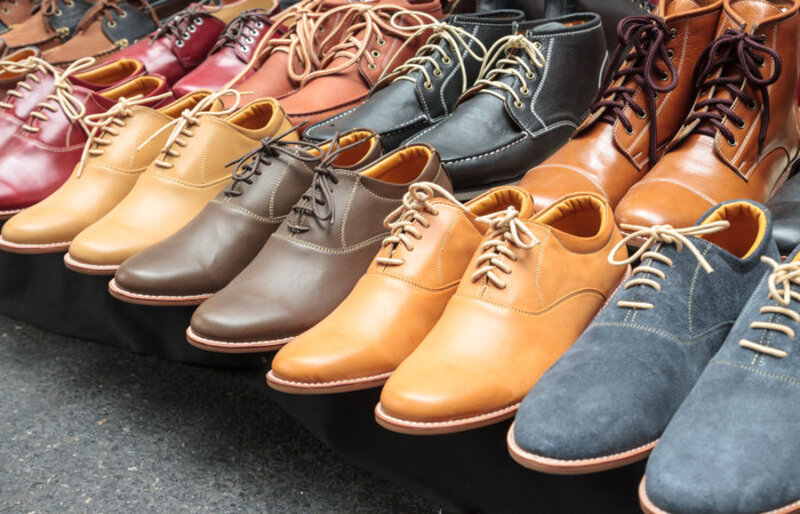Find the reasons for slow development of Vietnamese footwear industry
Despite the many opportunities to reduce tariffs from free trade agreements, the growth rate of Vietnam's leather footwear exports in 2017 has not met the expectations set. Meanwhile, domestic footwear companies accounted for 77% of the total 800 footwear enterprises, but only 35% of export turnover, while the rest accounted for 23% of FDI enterprises.
Domestic enterprises have still underweighted the foreign enterprises
By the end of 2017, Vietnam is the third largest leather exporter in the world in terms of value and is in the top 3 of the world's largest footwear producers. However, footwear industry is still considered to be very low growth as most of the export turnover is held by foreign invested enterprises.
At present, Vietnam has more than 800 footwear manufacturing companies mainly in the South, mainly in the three provinces of Binh Duong, Ho Chi Minh City. HCMC and Dong Nai. Of the 800, there are 184 FDI enterprises, accounting for 23% but meeting 65% of export turnover, while domestic enterprises, although accounting for 77%, only meet 35% of export turnover. On the other hand, domestic enterprises in the footwear industry are mostly made goods processing, the domestic rate is low because of import more raw materials from abroad. Currently only 30% of leather and imitation leather. Meanwhile, domestic production only meets 40% of the demand for domestic footwear. Domestic footwear consumed in the market are mainly in the low and middle segment.
The domestic footwear market is facing fierce competition from Chinese and foreign imports. In particular, high-end male footwear products account for 60% of the market share. Products in the high-end segment of Vietnam's production are available but very few and are still in the front of major brands in the world. Moreover, the products of the domestic enterprises are faced with counterfeit goods, poor quality when leaving the market. Therefore, the production of goods for domestic consumption only for small and medium enterprises, and large-scale enterprises choose safe solution is focused on the production of exports.
Lack of quality products
If they want to capitalize on the opportunities for free trade agreements, domestic footwear businesses must develop inbound linkages to create higher value and higher quality products instead of the only thing that is done purely. To benefit from participating in the TPP, all raw materials must be produced domestically or in bulk. Therefore, FDI enterprises with strong potential will be able to invest capital in big factories in Vietnam to benefit from TPP and investment from production to supply of raw materials. Meanwhile, the Vietnamese footwear business with little capital, the ability to localization is not high will encounter many difficulties and challenges.
When the Vietnam-EU free trade agreement comes into effect, Vietnamese footwear enterprises face problems related to the quality of goods. In order to export to the EU, the products must meet the provisions on hygiene, environment, labor and technological processes. This will be a big challenge for Vietnam's small and medium-sized footwear workshops in order to meet these needs due to limited technical capacity, machinery and capital. On the other hand, the domestic rate of Vietnamese footwear enterprises is very low, so it is not high value.
The solution now is to revise the Footwear Industry Master Plan to fit the needs and pace of development of the sector. At the same time, it is necessary to form a network of footwear industry nationwide and to better distribute the capacity of footwear production in the domestic market.










